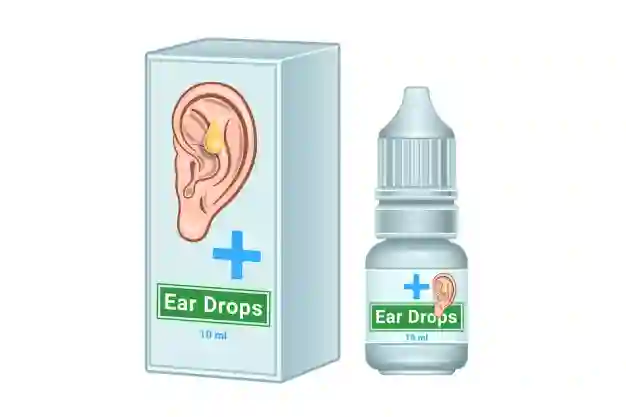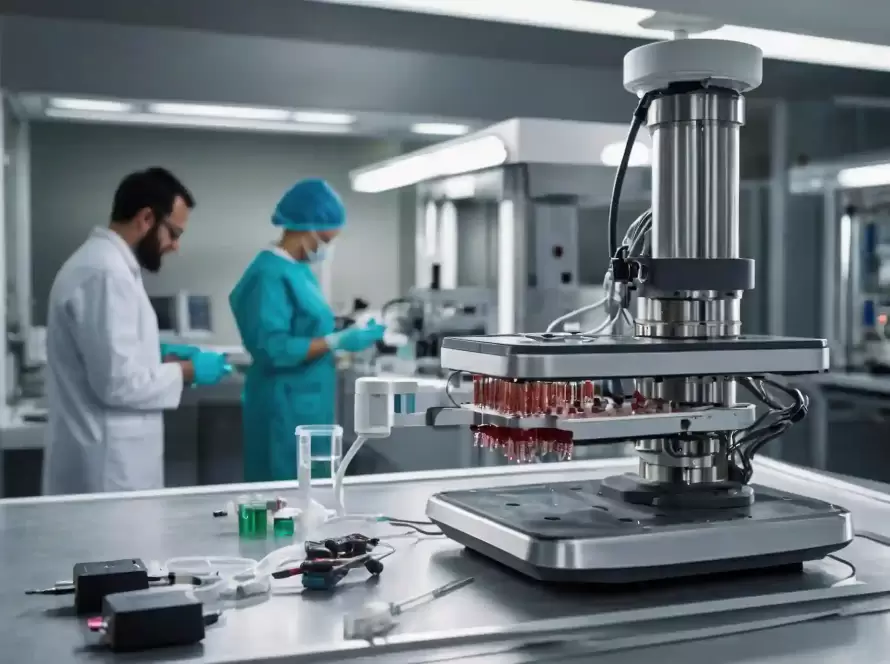Every pharmaceutical product needs to be free from viable bacteria, yeast and fungi. The principles of GMP therefore mandate manufacturing hubs to be clean and free from such contaminants. The clean room concept is based on maintaining high hygiene areas that free from such contaminants. Topical and external application preparations do not require to be manufactured as sterile dosage forms however, they still need to be manufactured in clean rooms as per GMP standards. They have to be free from viable microorganisms, yeast and fungi. Products such as creams, powders, topical gels, and ear drops are typically applied to intact skin or external body surfaces for local actions and hence, the principles of as applied for injections etc. are not applicable in these cases. Their production follows Good Manufacturing Practices (GMP) to ensure quality and safety of the products with no contamination from pathogenic germs.







- Consistent Quality:
- GMP ensures that products are consistently produced and controlled according to quality standards. This reduces variations in product quality, ensuring that each batch of non-sterile products meets the required specifications.
- Safety and Efficacy:
- Implementing GMP helps to minimize risks such as contamination, mix-ups, and errors, which can compromise the safety and efficacy of non-sterile products. This is crucial for products applied to the skin or used in sensitive areas like the ears.
- Regulatory Compliance:
- Adhering to GMP helps manufacturers comply with regulatory requirements set by health authorities, such as the FDA (Food and Drug Administration)or EMA (European Medicines Agency). This is necessary for legal market access and avoiding penalties or product recalls.
- Improved Operational Efficiency:
- GMP involves well-defined processes and procedures, which can lead to improved efficiency in production. This includes better resource management, reduced waste, and more streamlined operations, ultimately reducing production costs.
- Enhanced Market Reputation:
- Compliance with GMP can enhance a company’s reputation in the market, as it demonstrates a commitment to quality and safety. This can build consumer trust and loyalty, potentially increasing market share.
- Risk Management:
- GMP involves rigorous risk assessment and management strategies to identify and mitigate potential hazards in the manufacturing process. This proactive approach helps in preventing issues before they occur, ensuring safer products.
- Documentation and Traceability:
- GMP requires thorough documentation of all processes, materials, and changes. This ensures traceability, which is crucial for investigating any issues that arise and implementing corrective actions. It also aids in product recalls if necessary.
- Training and Personnel Competence:
- GMP emphasizes the importance of proper training for all personnel involved in the manufacturing process. Well-trained staff are more capable of maintaining high-quality standards and identifying potential issues early.
- Product Shelf Life and Stability:
- By ensuring that products are manufactured under controlled conditions, GMP helps in enhancing the shelf life and stability of non-sterile products, ensuring they remain effective and safe for use throughout their intended lifespan.
- Customer Satisfaction:
- High-quality products that consistently meet standards lead to higher customer satisfaction. Satisfied customers are more likely to be repeat buyers and recommend the products to others, driving business growth.



